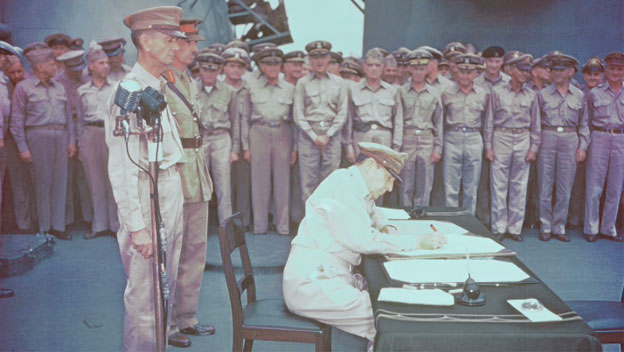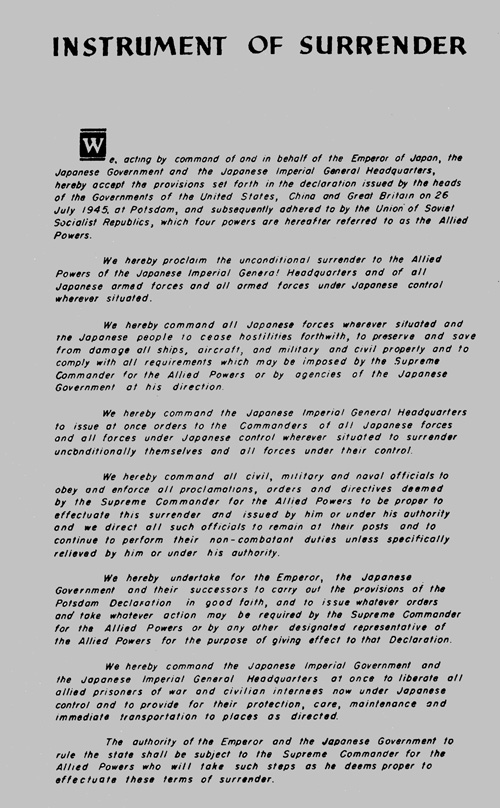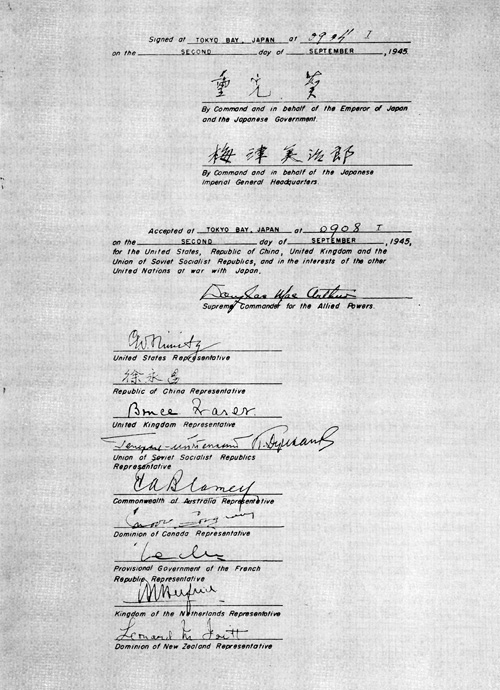The Hillary camp is in full implosion and they are panicked over Bernie. There major ad buys in place in California where Hillary is trailing Sanders. If Sanders does win California….her camp officially breaks. But wait, there is more. There are at least 3 investigations going on in Hillary’s realm, the Foundation, Benghazi and lastly the email/server scandal.
So, the text messages are flying, the phone calls are burning the DC wires and meetings behind closed doors are underway…..now what? A hybrid brokered Democrat conventions? But there is a big push to remove the DNC Chair, Debbie Wasserman Schultz.
It is quite curious how Obama has maintained his distance in the Democrat election cycle. Could there be a Sanders Warren ticket?
Democratic pollster Doug Schoen has penned an op-ed in the Wall Street Journal predicting that Hillary Clinton could be denied the Democratic Party nomination if Sen. Bernie Sanders (I-VT) wins the June 7 California primary.
Breitbart: According to Schoen, a loss for Clinton would not only demonstrate her weakness as a national candidate, but could also turn the tide of opinion in the embattled Democratic National Convention and among wavering “superdelegates” — party bigwigs with an independent vote.
Specifically, Schoen argues, Sanders could seize the opportunity to change the convention rules to force superdelegates to cast their ballot for whichever candidate won their state. (In many states, Sanders won delegates at the ballot box, only to lose to Clinton overall because of her superdelegate lead.)
In addition, he says, Vice President Joe Biden may be eager to enter the fray.
Schoen writes:
A Sanders win in California would powerfully underscore Mrs. Clinton’s weakness as a candidate in the general election. Democratic superdelegates—chosen by the party establishment and overwhelmingly backing Mrs. Clinton, 543-44—would seriously question whether they should continue to stand behind her candidacy.
There is every reason to believe that at the convention Mr. Sanders will offer a rules change requiring superdelegates to vote for the candidate who won their state’s primary or caucus. A vote on that proposed change would almost certainly occur—and it would function as a referendum on the Clinton candidacy. If Mr. Sanders wins California, Montana and North Dakota on Tuesday and stays competitive in New Jersey, he could well be within 200 pledged delegates of Mrs. Clinton, making a vote in favor of the rules change on superdelegates more likely…
Mr. Biden would be cast as the white knight rescuing the party, and the nation, from a possible Trump presidency. To win over Sanders supporters, he would likely choose as his running mate someone like Sen. Elizabeth Warren who is respected by the party’s left wing.
(Read Schoen’s full article here.)
In addition, Schoen writes, Clinton faces increasing pressure from the FBI investigation into her personal e-mail server and apparent conflicts of interest involving her family foundation and her performance as Secretary of State.
****
Hillary and her team are in a panic and should be. California Governor Jerry Brown endorsed Hillary, but is that enough?
The Democratic front-runner changed her schedule for this week, canceling a Thursday event in New Jersey in order to be in California on the days leading up to next Tuesday’s election there. Polling last week showed a race that’s almost tied.
And on the republican side, presumptive GOP presidential nominee Donald Trump has released the names of the veteran’s charities he donated to after recent pressure from the media.
In addition to touting endorsements from the state’s Asian-American lawmakers, Clinton’s campaign is running targeted ads and conducting voter outreach in Mandarin, Cantonese, Vietnamese and Korean.
Brown repeated Clinton’s claim that she has an insurmountable lead in the race to claim a majority of delegates to the Democrats’ convention in July.
In a written statement, the governor stopped just short of saying Sanders should step aside.
“For her part, Hillary Clinton has convincingly made the case that she knows how to get things done, and has the tenacity and skill to advance the Democratic agenda”, said Gov.
Obviously, the general election contest has only recently begun in earnest.
“Hillary Clinton, with her long experience, especially as Secretary of State, has a firm grasp of the issues and will be prepared to lead our country from day one”.
Even though she will likely secure the nomination in New Jersey, which also goes to the polls June 7, Clinton has banked on the support of non-white Americans. The Clintons strongly denounced the accusations.
But now Brown will be summarily dismissed like Tom Hayden, Dolores Huerta, Planned Parenthood, John Lewis, Barney Frank, and an ever-growing list of progressives who are written off as shills, sell-outs, know-nothings, and don’t-matters, all because they have chosen to support Hillary over Bernie. Brown and Bill Clinton fought an acrimonious presidential primary battle in 1992. Bernie Sanders, she often tried not to feed liberal suspicions that she is a hawk. Our country faces an existential threat from climate change and the spread of nuclear weapons. Following a rally in Oakland on Monday, Sanders appeared in the stands at Oracle Arena to watch the Golden State Warriors complete their come-from-behind, Game 7 victory over the Oklahoma City Thunder in the Western Conference finals. However, that has not stopped Sanders’ campaign in California, even though he has acknowledged there is only a “narrow path” remaining for him to claim the party’s nomination. Because as our colleague Dante Chinni writes, the moment Sanders exits the race, her poll numbers against Trump will increase. More here.











